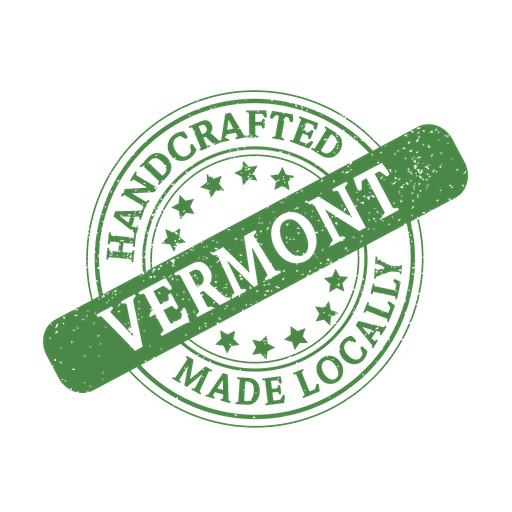-
-
K-12 Boards and BOCES
We read with interest that citizens in North Country, Rutland, the Capital area, Barre, the Mad River Valley, and Windsor county have taken it upon themselves to discuss various forms of redistricting and sharing of administrative services. They anticipate, perhaps, that change is coming, and they want to get out in front of it. Their…
-
Impossible Task?
Here is the charge to the Redistricting Task Force from Act 73. Is it humanly possible to concoct a plan that meets all these criteria? Three optionsIn consultation with the Commission on the Future of Public Education, the Task Force shall study and consider different configurations for school district consolidation and propose not more than…
-
Redistricting Task Force Meeting Summary
The Redistricting Task Force created by Act 73 met in Waterbury on the morning of August 1. Here is a summary of the meeting. 08:30 Elected Sen. Martine Gulick and Rep. Edye Graning as co-chairs.Members introduced themselves. 08:45 Legislative Counsel reviewed Act 73 and the charge of the task force. 09:10 Members articulated their goals:…
-
Conflict of Interest
The Friends of Vermont Public Education have accused Senators Seth Bongartz of Bennington County, and Scott Beck of Caledonia, of violating Vermont’s ethics laws in their work on the education reform bill. Bongartz is closely connected with the Burr & Burton Seminary of Manchester, and Beck is an employee of the St. Johnsbury Academy, both…
-
The Koch Brothers, Phil Scott, and Vermont Education Reform
Charles, David, and Bill Koch fought long and hard over their father’s massive inheritance of hundreds of billions of dollars. Their private fortune would be enough to pay for all of public education in Vermont for 72 years. David is dead now, but his spirit lives on in its posthumous quest for rich folks to…
-
Education Reform, Where Are You?
I have just finished reading the 154-page education reform bill as it emerged from the conference committee on Friday afternoon. In style, it combines the stream-of-consciousness of James Joyce with the non-sequiturs of Lewis Carroll. But not as much fun to read. It doesn’t do much to improve education. Instead it: Eight new boards and…
-
Education Entities
Many organizations are involved in the operation, governance, and funding of Vermont public schools today. Hundreds of them. We enjoy: That’s 517 entities, one for every 162 students. Most of these entities elect a board, and most overlap in their responsibilities. No where else in the world are so many entities needed to provide public…
-
The Academies
In the days before Vermont provided public high schools, some of our communities set up “Academies” or “Seminaries” that educated students beyond the elementary grades. Often established by religious or charitable or philanthropic groups, the early 1800s witnessed academies in Newbury, St. Johnsbury, Manchester, Fairfax, St. Albans. Thetford, McIndoes Falls, Corinth, Bradford, and elsewhere. They…
-
How to lower costs
We have good schools in Vermont, but they cost a lot. Our schools are close to their communities, they produce solid results, and they’re good places for our children to be. But they cost more per student than most other schools in the United States and in the world. From the research posted here on…
-
School Spending: Highs and Lows
The amount we spend per student varies widely among Vermont schools, from a low of $12,000 at the Halifax Elementary school, to $30,000 at the Westminster Elementary School. At the high school level, spending ranges from $12,275 at Lamoille North to $27,412 at Randolph. (These data are sourced from the Announced Tuitions for 2026 published…
-
